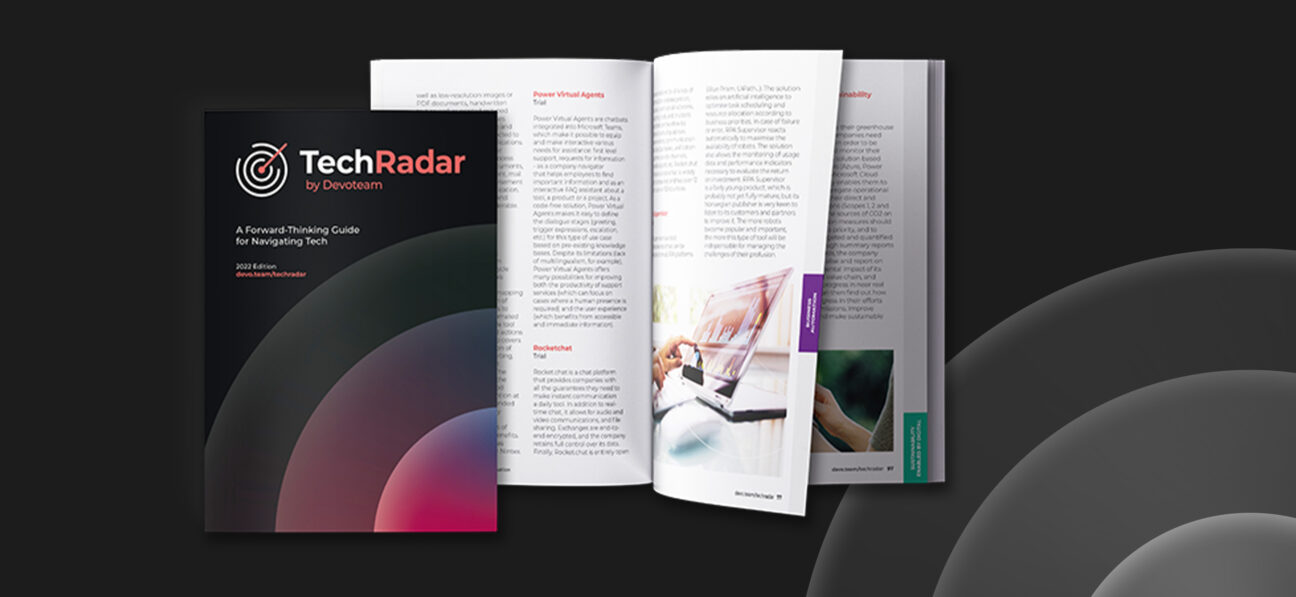
Purchased in 2019 for $2.6 billion by Google, Looker has very quickly found its place in GCP’s portfolio of solutions. This is not only due to the maturity of its technology, developed since 2012, but also – and above all – due to its specificities. In the crowded market of data tools, Looker brings real originality that allows companies to better leverage their data.
What is Looker?
Looker is a business intelligence (BI) and data analysis platform for data exploration, modeling, transformation and visualization. Looker is designed for both Data Analysts, who convert raw data into actionable information, and Business Analysts, who use this information to build their reports, support decisions, enrich business processes…
What are the 5 key assets of Looker?
Looker has 5 key assets that set it apart from other business intelligence platforms. The five qualities are:
- An intuitive interface
- The same data for everyone
- A cloud agnostic tool
- An architecture for performance
- A tool designed for development
Let’s take a look at each of those assets in more detail.
1. An intuitive interface
Looker belongs to this generation of web-based solutions that focus on the user experience. Data analysts and business analysts alike benefit from clear, intuitive and pleasant interfaces that make it easy to learn and enhance their daily productivity. For example, Looker allows the integration of dashboards with business applications by simple drag and drop, and the definition of data-driven workflows in a few clicks thanks to a library of predefined actions (Action Hub).
2. The same data for everyone
Looker’s centralised modeling layer allows all users to access the same models, based on the same data, while facilitating collaboration. This reduces the friction, confusion and inconsistencies that often plague cross-functional data projects. This centralisation also contributes to the harmonisation of data usage within the organisation and to effective governance.
3. A cloud agnostic tool
Google has retained the original philosophy of Looker, which was designed from the start to be able to leverage all data sources and, in particular, cloud databases. Although tightly integrated with BigQuery, Looker is compatible with AWS’ Redshift, Snowflake, and more than 50 cloud and on-premises databases. Based on Anthos and Kubernetes standards, Looker itself can run on a variety of cloud or multi-cloud environments, giving enterprises a wide range of choices.
4. An architecture for performance
One of the particularities of Looker is that it neither extracts nor stores data. It leaves them in their original databases, and uses their power to perform all transformation operations. This original principle guarantees the performance and scalability of the platform.
5. A tool designed for development
Faced with the double explosion of data volumes and business demands, Data Analysts need to industrialize their projects. Among the first to understand this, Looker has always endeavored to bring to data the best practices of application development: versioning, testing, code review, etc. Collaboration tools and the centralization of models also promote reuse. Teams can also find “Blocks” (models, visualizations…) developed by third parties and ready to use on the Looker Marketplace. However, the keystone of this development-oriented vision remains LookML, Looker’s own modeling language.
LookML, the secret boot
LookML is a language for describing dimensions, aggregations, calculations, and relationships between data in an SQL database. Flexible and quick to learn, LookML allows data analysts to quickly develop models without having to know SQL or the specifics of the underlying databases. These generic queries and transformations are then presented in an abstract form to Business Analysts, who can in turn parameterize and use them without having to understand the syntax (in JSON).
Even if it requires some learning, this approach has a triple advantage: it allows the industrialization and the reuse of data developments; it frees the users, Data Analysts and Business Analysts, from a maximum of technical obstacles; finally, it facilitates considerably the use of data in heterogeneous environments.
What types of uses and organizations is Looker specifically designed for?
With all these specificities, Looker clearly distinguishes itself from its numerous competitors and stands out as a very rich tool. It is also a mature and stable solution, which also benefits from the power of GCP and its ecosystem of partners. However, it does require a certain maturity on the part of the data teams, who will have to appropriate the LookML language and set up the development and governance processes around the platform. Rather intended for companies that have – or plan to have – at least part of their data in the cloud, Looker allows to tool any BI and reporting use case, and to develop its use in all areas: finance, sales, marketing, HR, etc.
Take Part in the Devoteam Community
This article is a part of a greater series centred around the technologies and themes found within the first edition of the TechRadar by Devoteam. To see what our community of tech leaders said about the current position of Looker in the market, take a look at the most recent edition of the TechRadar by Devoteam

Want to know more about Looker?
Check out our TechRadar by Devoteam to see what our experts say about its viability in the market.